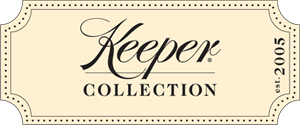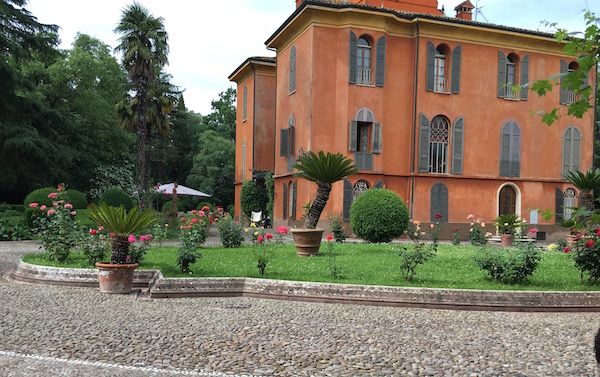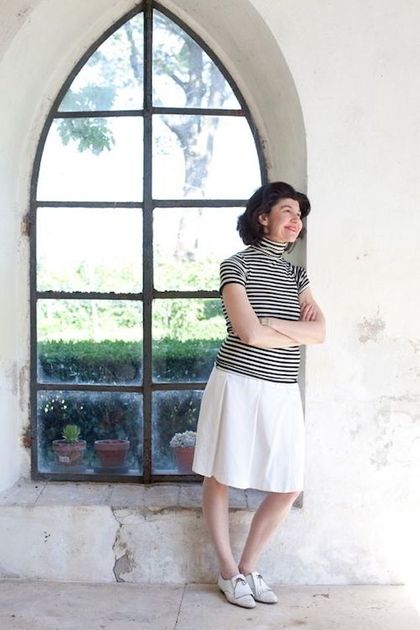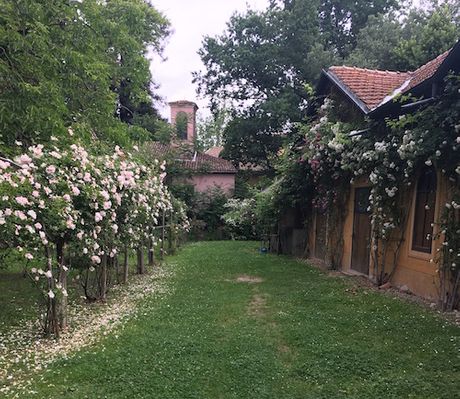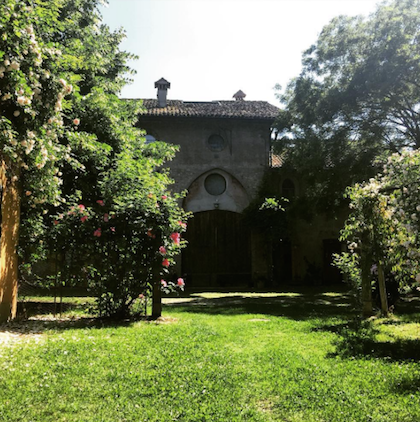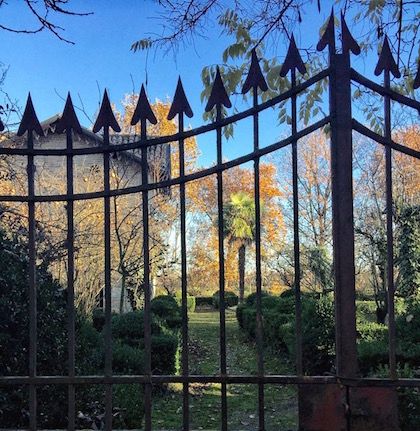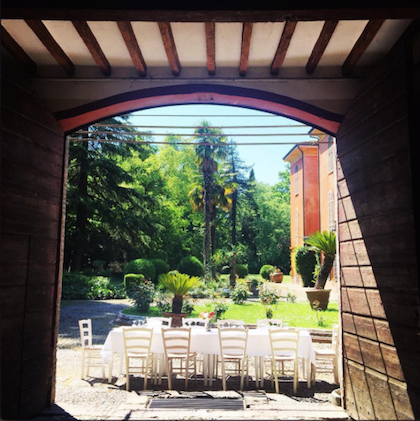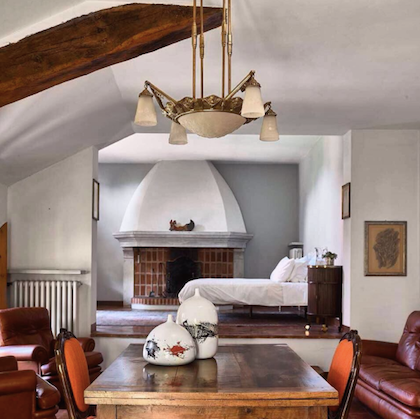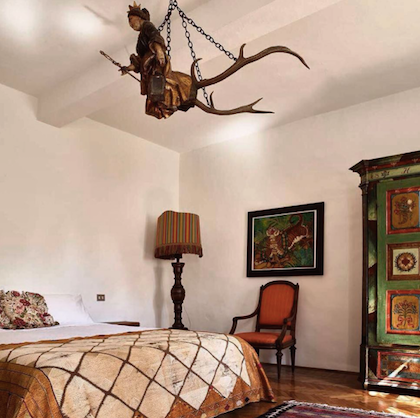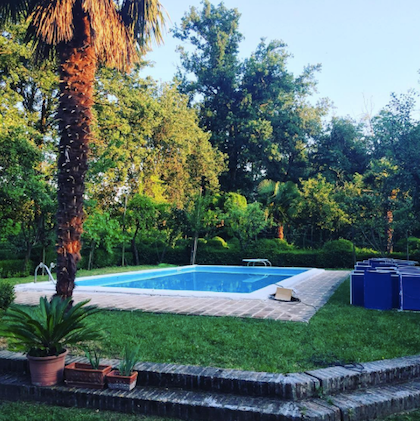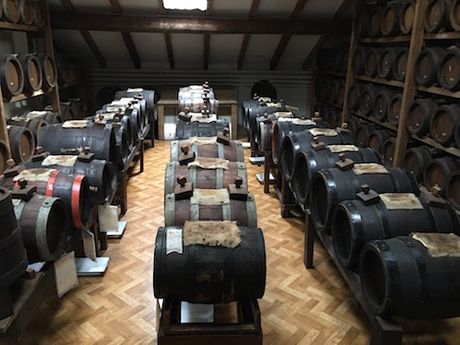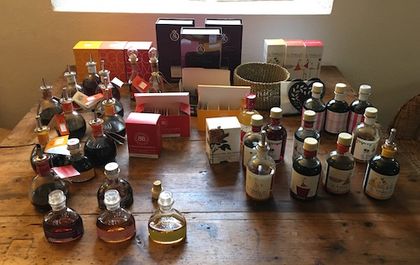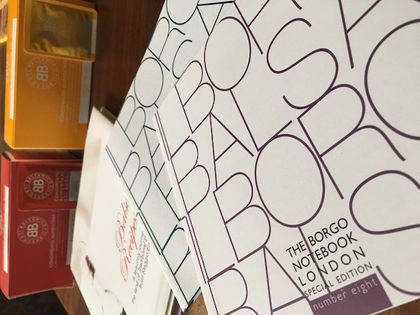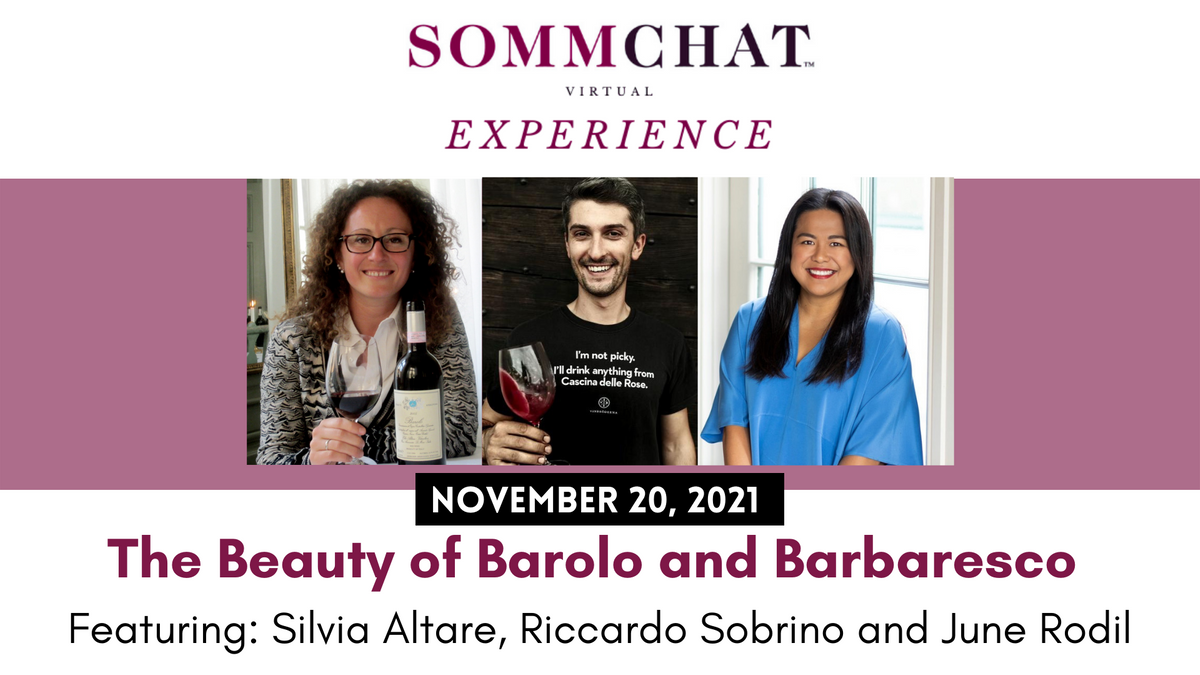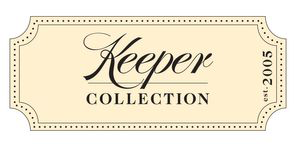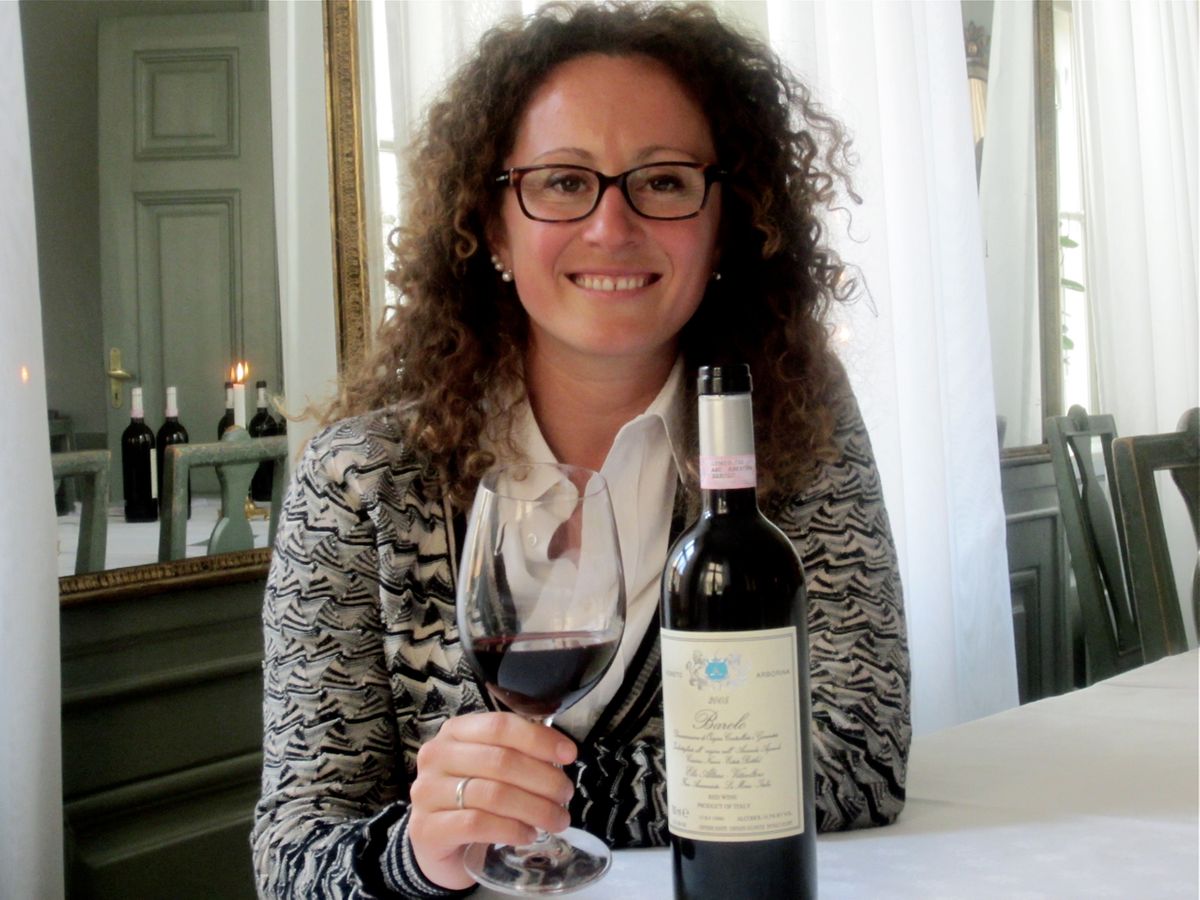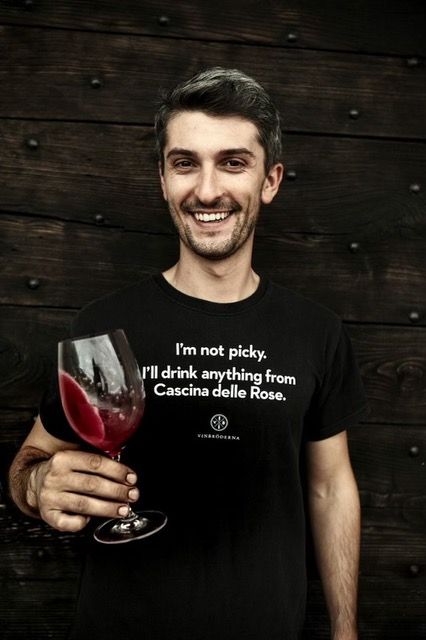As our adventures continued during our time in Emilia Romagna, Italy, the Keeper Collection team broadened palates and knowledge once more, this time with a trip to Il Borgo del Balsamico. Here, we caught a glimpse into the traditional and ancient practice of making balsamic vinegar that is central to Italian cuisine, as explained by our personal guide Cristina Crotti, co-owner and proprietor of Il Borgo.
So great to get back to @uchikoaustin #chef counter and see so many familiar faces and meet new ones #sommchat #fish #madai #kenmadai #kurodai #tuna #uni #hotatesushi #sushi #austin @ Uchiko https://t.co/UdFsRTLFeG
